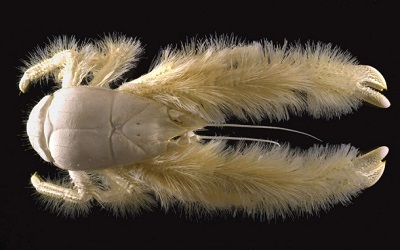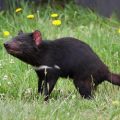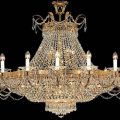随着PTE考生对PTE口语和PTE听力的重视,大家口语和听力的分数得到极大提高,但是PTE阅读渐渐成为考生们新的难题。
墨尔本悉尼文波PTE特别为PTE考生们挑选了适合练习PTE阅读的文章,主题,内容,长度都与PTE阅读题中的文章相似。激活学过的词汇,更新新的词汇,提高阅读速度,全面提升自己的阅读能力。
Back in 2005, Robert Vrijenhoek of the Monterey Bay Aquarium Research Institute in California was leading a team exploring deep-sea trenches in the south Pacific. With their ship anchored 930 miles off the coast of Easter Island, the scientists were piloting a submarine called DSV Alvin along the Pacific-Antarctic Ridge, 2,200m below sea level. On one dive, marine biologist Michel Segonzac, who is now at the National Museum of Natural History in Paris, France, spotted a huge blonde hairy crab-like creature on the seafloor.
On subsequent dives, many more “crabs” were seen, usually hiding under rocks with just the tips of their arms poking up. When the researchers brought a specimen back to shore, they found that it was not only a brand-new species, but it belonged to a new family: the Kiwaidae.
The tough crustacean was named Kiwa hirsuta. “Kiwa” is the name of a Polynesian deity associated with the ocean, and “hirsuta” means “hairy” in Latin. However, it was quickly nicknamed the “yeti crab”, because the long shaggy white hair on its claws bears an uncanny resemblance to the abominable snowman. Despite the name, yeti crabs are not true crabs, which all belong to a related group.
The yeti crabs were seen living around vents that emanated from small cracks in basalt rock, and at the base of some smoker chimneys. Although the environment is extreme, with crushing pressures typical of the deep ocean, Vrijenhoek says the waters around the vent are a “balmy 32C, compared to the 2C typically found at the bottom of the ocean.”
trenches: n. 战壕
anchor: v.抛锚
crustacean: n. 甲壳纲动物; adj.甲壳纲的
Polynesian: adj. 波利尼西亚的
deity: n. 神;神性
shaggy: adj. 表面粗糙的;蓬松的
uncanny: adj. 可怕的;离奇的
abominable: adj. 讨厌的, 可恶的
vents: n. 出口;通风孔
basalt: n. 玄武岩
crushing: adj. 决定性的
balmy: adj. 决定性的





